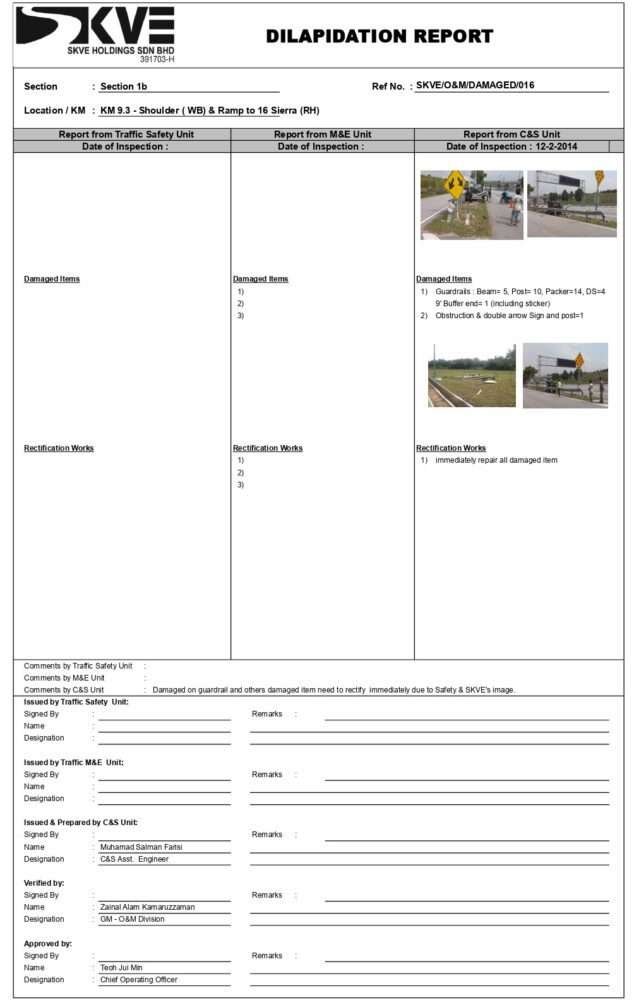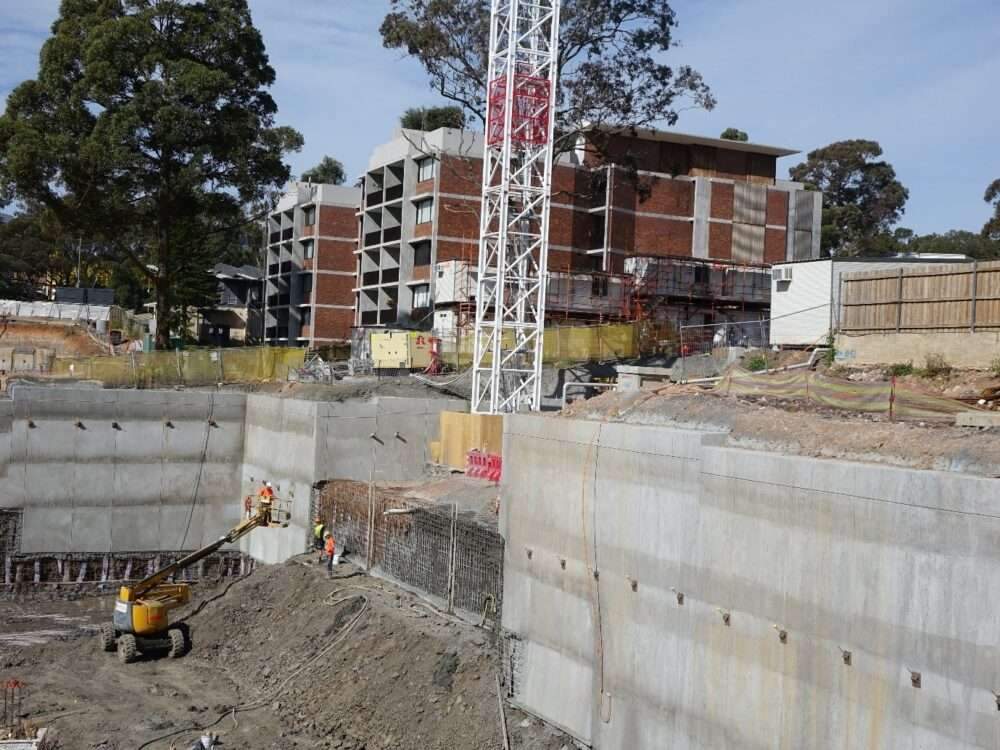Advantages and importance of preparing dilapidation reports for a construction project
A dilapidation report is the result of a survey conducted to determine and record the condition of the property at a particular point in time.
The report is prepared before and after construction works to ascertain the condition of the asset.
Features of dilapidation reports
Documenting dilapidation reports helps create a complete and proven record of the unforeseen or unintended impact of construction work on the infrastructure and surrounding areas.
All latent defects and potential defects that were noticed and expected to be seen in the future are indicated during the examination.

For example, in addition to current damage to walls and floors,
any other aspects of the property that may be affected by future construction work,
such as excavation or demolition, are also identified in the report.
dilapidation reports are made even if there are no complaints or damages during construction.
Dilapidation reporting formats are also standardized and systematic to maintain consistent project records and support any claims.

Important details that should be mentioned in any dilapidation report are:
- The date of the spoilage check
- Description of the area
- Items checked
- View site plan
- Inspection photos/videos
- List pre-existing defects
- Signature of the surveying engineer

It is recommended to generate dilapidation reports with full photo, video and signature proof of pre-construction and post-construction conditions based on the complexity of the structure.
Dilapidation surveys and reports are prepared by a neutral third party, such as a building consultant or a professional structural engineer.
These standards are followed to avoid any bias during future claims.
Building consultants who prepare destruction reports must also understand the high-risk areas of different types of construction and the potential for future damage, and have the foresight to minimize risks and report clearly.

The specific details that the inspector looks at while surveying the dilapidation
- Tile cracks
- Cracks in the internal and external walls
- Externals brick cracks
- Cracks in concrete or pavement
- Ground movement or leveling indicators
- Roof leaks, cracks and missing roof coverings

The importance of dilapidation reports
Dilapidation reports are one source of peripheral damage caused by construction.
On large construction sites, some work is likely to damage nearby adjacent structures.
A pre-construction dilapidation report can also help the owner claim any post-construction damage caused by nearby construction work.
dilapidation reports are an effective tool for claiming latent structural defects.

Latent defects are hidden defects that are not discovered during the structure defect liability period.
A dilapidation report stating the dissatisfied work done during construction and the after effects of which were discovered years later,
can be used as supporting documentation for the claim once the problem has arisen.
Damage reports are not mandatory for every law,
but they can help protect against litigation if someone claims construction or demolition work damaged their property or structure.
For more architectural news






